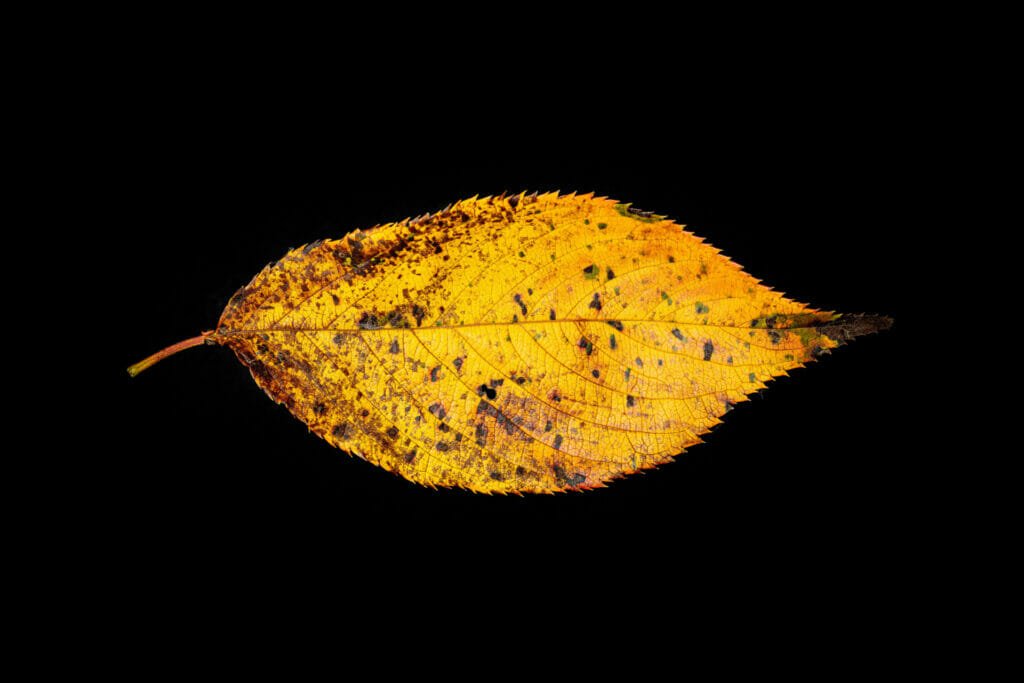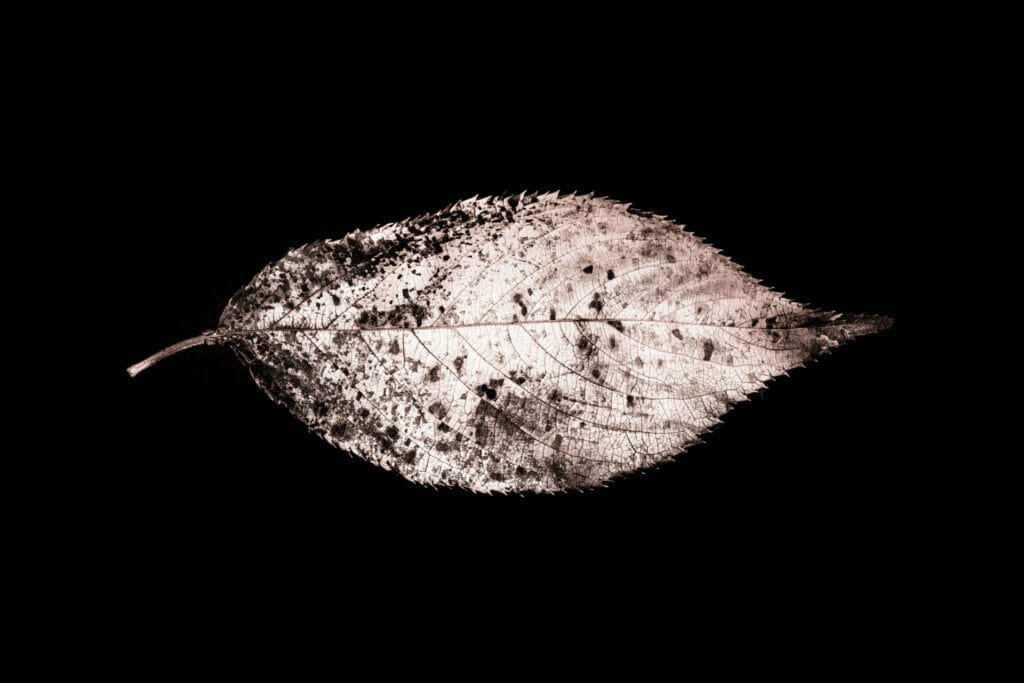Perfection is a dull proposition. It represents a fool’s errand in human pursuits and is as about as common as hen’s teeth in nature. And, even if you can find something in the natural world that seems sufficiently close to perfect to be labelled as such, how much can the experience of it really give you?
Consider a perfectly colored, apparently flawless autumn leaf. It is delicate, gracefully proportioned, and blazed in the brightest crimson. It is impeccably beautiful.
It also lacks much depth beyond that initial impression. The only story it really has to tell is that nothing much ever happened to it. It’s the story of a charmed life that is devoid of anything noteworthy.
If you’ve seen one perfect leaf, you’ve seen them all.
If you look closely at a more average leaf, though, blemished and scarred by the unpredictable events of the spring and summer, you can partake of its unique character. This is a non-transferrable experience. What you observe about that particular leaf applies to none other.
Colors may form irregularly, perhaps interrupted by insect or damage. There may be tears and pieces may be missing. It may have sat and dried into a curious shape. It may be yellow and green on one edge and orange on the opposite side.
The especially flawed and peculiar leaves among the autumn foliage have a particular depth and beauty to them. They hide nothing, telling their story with unashamed candor. They have so much to say you if only you approach them with a frame of mind suited to receiving their message.
It’s not that you shouldn’t appreciate the perfect leaves among the imperfect majority. You absolutely should. But once you’ve done so, spend some time considering the more ragged among them, appreciating their eccentric beauty, as well as their captivating tales.



